Tucson 2024 Overview
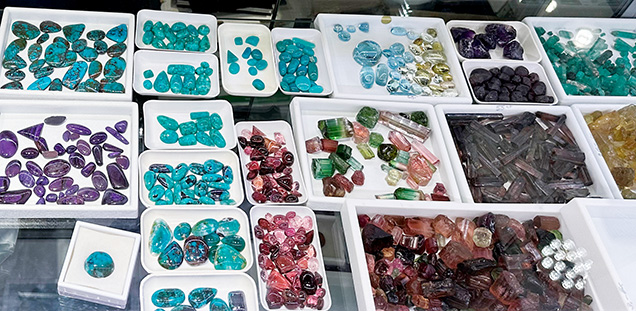
Overall, 2024 was a good year at the various Tucson shows. Foot traffic throughout the venues was noticeably slow at times, but less window-shopping and more serious buying of particularly higher-end items made up for the lack of bustling crowds. Most vendors interviewed reported strong sales and many returning buyers, noting that sales have continued to grow post-pandemic.
The American Gem Trade Association reported a small uptick in buyer attendance (+1%) and a 3% growth in vendors at the AGTA GemFair. In fact, they only had one empty booth in both the designer showroom and the gem hall. Vendors in both venues indicated that the show floor felt slower but that visitors were there to buy, often with shopping lists. AGTA’s added security measures that included ID checks were well received by both buyers and exhibitors.
GIA’s Show Service Laboratory reported a solid AGTA show, with ruby, emerald, and sapphire making up the majority of the intake. Both the service lab and vendors noted movement of high-end, unusual, and rare stones, a common theme every year in Tucson.
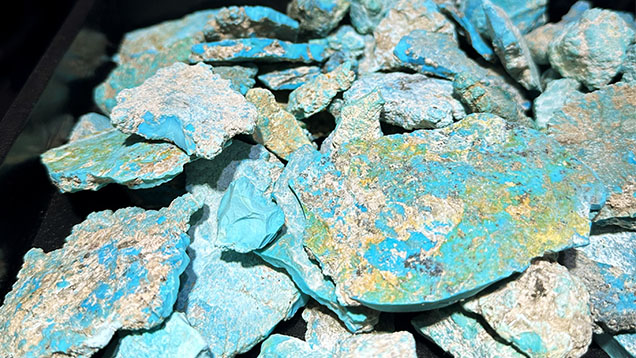
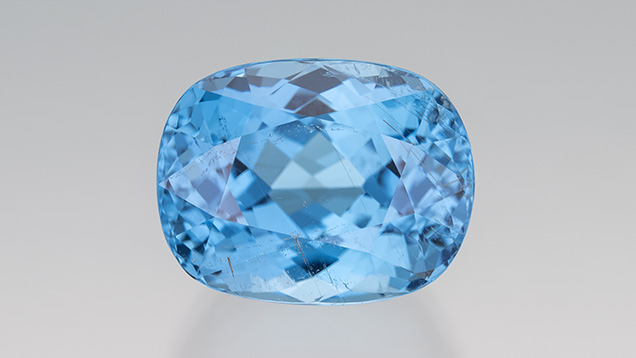
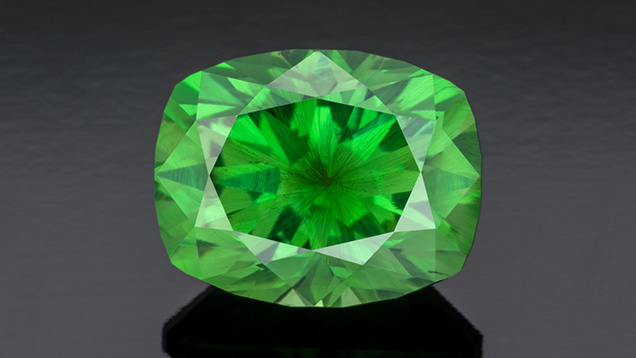
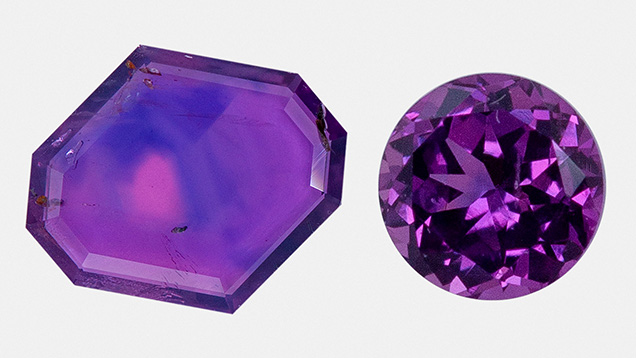
It was hard to miss the prevalence of green to blue stones, especially in vibrant and pastel tones. They were well represented in the 2023 AGTA Spectrum and Cutting Edge Awards, and many vendors reportedly brought these colors to Tucson in response. With blues and greens leading the way, pinks and to a lesser extent purples were also highly visible (figure 1). Among the top stones spotted throughout the shows were emerald, turquoise (figure 2), opal, aquamarine, Paraíba and cuprian tourmaline (figure 3), green garnet (figure 4), and unheated Montana sapphire. Strong showings of unheated blue Ukrainian topaz, unheated bicolor green and blue zoisite, blue zircon, pink to purple garnets, electric pink and purple sapphire (figure 5), morganite, fluorescent “dragon” Malaya garnet, rose quartz, pink tourmaline, baroque pearls, and Oregon sunstone were also noted.
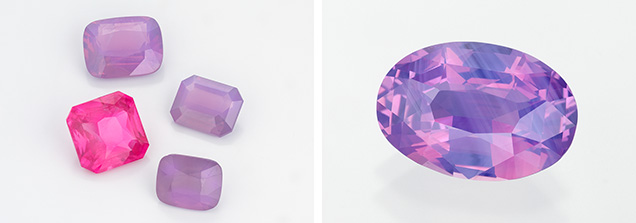
Another trend was the demand for visibly unheated stones. “Silky” sapphire and spinel with needle inclusions creating a soft, glowing appearance were extremely popular (figure 6). Also referred to as “opalescent,” “hazy,” “milky,” and “sleepy,” these stones were some of the hottest at the AGTA, Gem & Jewelry Exchange (GJX), and Pueblo shows. Dudley Blauwet Gems reported selling out of all of their opalescent milky stones by the fourth day of AGTA.
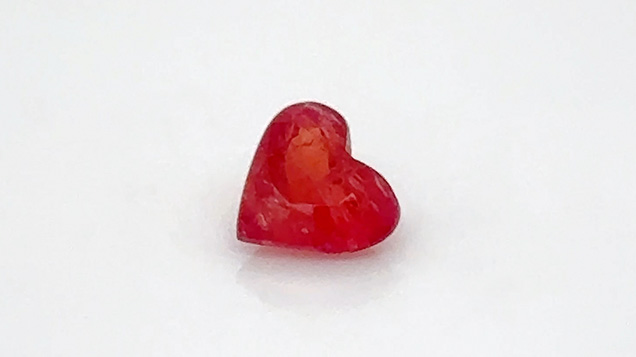
Other noted trends included the importance of geographic origin and traceability reporting for many buyers, the popularity of fancy shapes such as hearts and pears (figure 7), and the use of white metal in jewelry both in the AGTA Spectrum Award winners and throughout the shows.
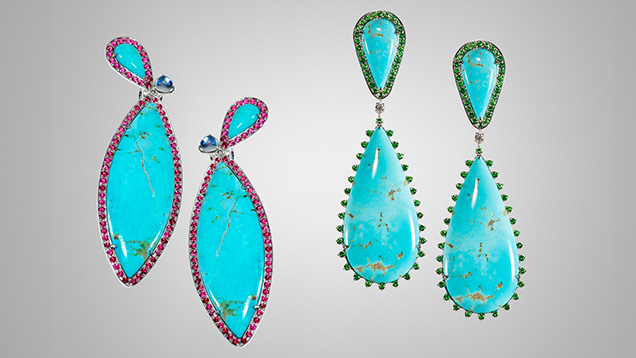
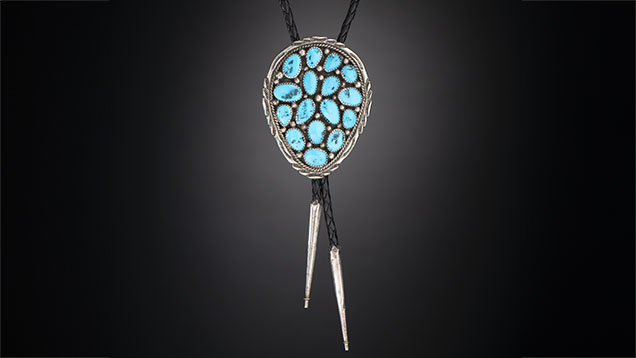
Demand for American stones was evident once again, with more vendors carrying sapphire from Montana, turquoise from Nevada and Arizona, and sunstone from Oregon. In fact, one of the most often encountered materials in jewelry this year was vintage turquoise reportedly from the famed Sleeping Beauty mine in Arizona (figure 8). In the past, these various American gems were available mainly from vendors directly associated with the mining claims. The Southwestern motif, always a fixture in Tucson, was decidedly more pronounced this year, with many large silver items throughout the shows, including bangles, cuff bracelets, statement earrings, necklaces, and bolo ties adorned with turquoise (figure 9), red coral, blue topaz, and opal. This observation was validated the following week when singer Post Malone performed “America the Beautiful” before Super Bowl LVIII wearing a striking silver bolo tie complete with a large bright green turquoise stone with brown matrix. The bolo was reportedly made by Navajo artist Leonard Nez of New Mexico using a piece of Royston turquoise.
In addition to the presence of vintage jewelry this year, we also found multiple examples of repurposing antiquities into jewelry. As for new finds, we report on bright blue opal from Chile, green amber from Ethiopia, high-quality orange-flash rainbow moonstone from Madagascar, and recent sapphire production from the famed Kashmir region.
We hope you enjoy our coverage of the 2024 Tucson gem shows and find the following reports informative.



